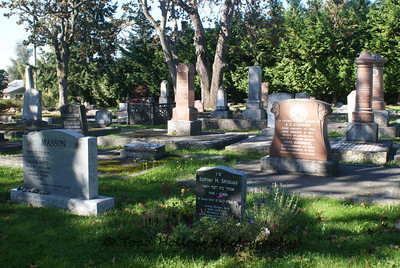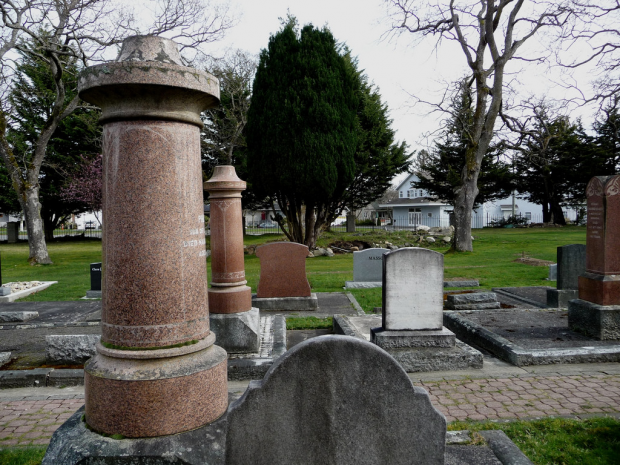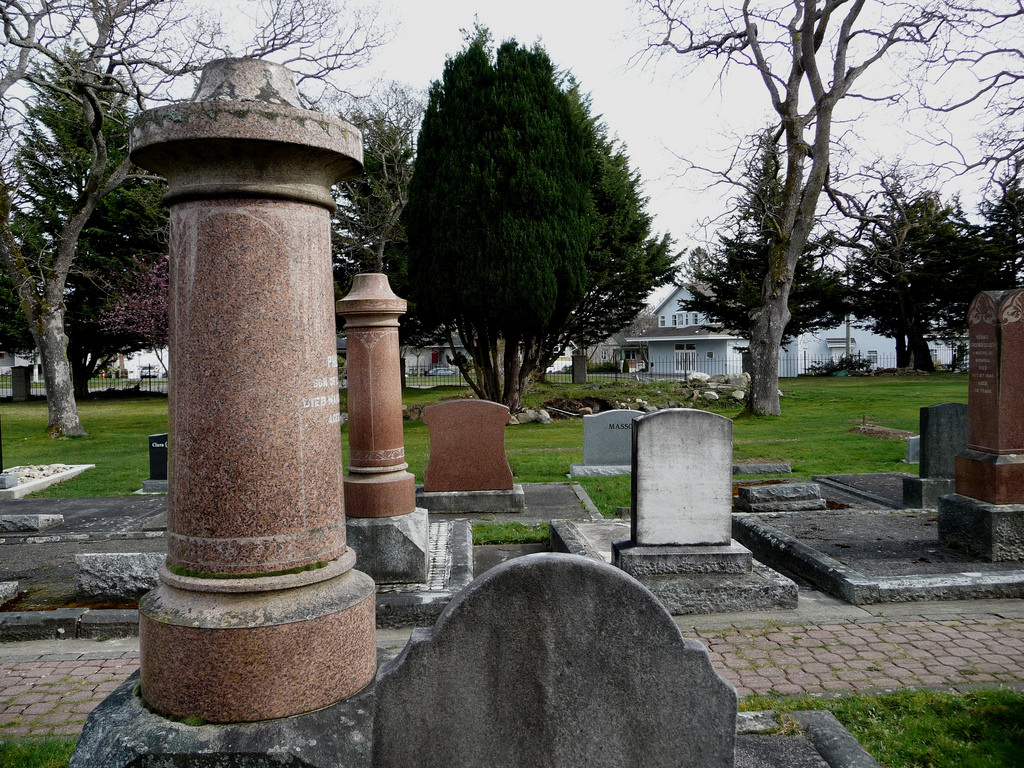Well, today (Thursday) was my first official day in the field for Anth 395, and my first visit to the cemetery. There’s something incredibly surreal about being able to connect a grave to the people and the stories that have appeared in my textbooks since middle school social studies. I had been counting down to today ever since I registered in the course, and was not disappointed.

Looking towards the SW corner of the cemetery (Photo by Toad Hollow Photography: http://www.toadhollowphotography.com/Photography/Cemeteries/Study-Jewish-Cemetery/i-738FvHG/A)
We began our day with a tour of the space from the cemetery director, who was full of amazing stories about the people buried in the cemetery, many of which brought up powerful emotions. The perspective of Jewish community members brings so much to the work we’ll be doing in the cemetery; it’s one thing to get excited seeing the Oppenheimer monuments and Lewis Lewis’ gravestone, but quite another to hear the stories of the people who go unrecognised by the history books, yet have led equally rich and interesting lives. The number of Holocaust survivors in the cemetery, for example, leaves me absolutely floored.
After the tour, and a very clarifying instruction period, we were finally able to start working. We began by double checking some records from last year’s field school, and started our own monuments. Even though our section contained mostly recent monuments, none of which were in poor condition, it ended up being much harder than one would imagine (or at least harder than I imagined) to classify them. Although it was our first time in the cemetery, to give ourselves a break, some of the text boxes and inscription styles took us a lot of discussion to understand, and many required asking Dr. McGuire for help.
The Hebrew on the monuments was another interesting feature of this cemetery. Even though I don’t understand any Hebrew, after a couple of plots (and after learning the Hebrew naming formula, and where on the tombstones they are likely to occur), I saw the same things enough to make inferences about their meanings. A quick google search confirmed my suspicions about the words for son (בֵּן) and daughter (בַּת) in Hebrew, though my computer writes in Hebrew much differently than the masons who inscribe cemetery monuments do.

Looking to the East from within the cemetery (photo by Neufeld, H. 2011. Victoria BC. https://www.flickr.com/photos/oggiedog/5572935373)
Reflecting back on the day, it makes me sad to think that a week of the course has already gone by. It makes me even sadder to think that once all our projects are started and we’ve learned all the skills the rest will go by even quicker. Despite the hesitation to commit to being in class all summer, ANTH 395 does not feel like class. It’s spending the day in a beautiful, peaceful place that you just happen to get credits for. This is my first semester of 300-level anthropology classes. Being in them with so many bright, talented students, who are equally as excited as I am to gain experience within the field, makes me feel confident that I am in the right programme. Tuesday can’t come soon enough.
